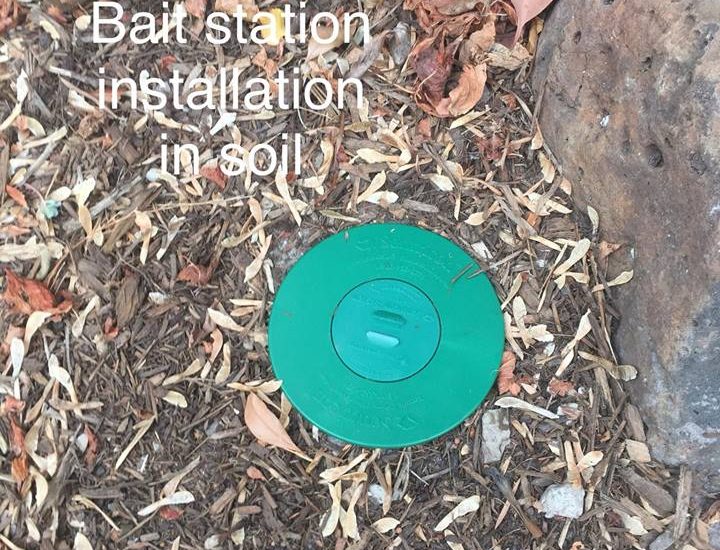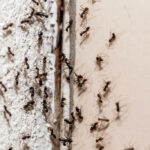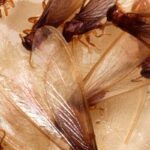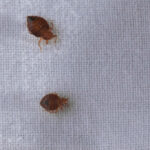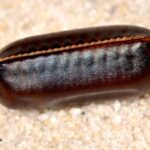Koalas are cute, the elephants are worth the trip to the zoo and everybody loves taking in the majesty of a ferocious lion. But you’d be hard-pressed to find anybody who loves termites. In fact, all we want to do is get rid of them. There are a number of ways to treat termites but the best thing is of course prevention. Let’s take a closer look at termite baiting stations and how they help prevent termite infestations with early detection.
Before we get too far, if you have signs of termite activity in your home, just call your local pest controller now. The risk to your home and the potential damage bill is not worth any delay.
What is a termite bait station?
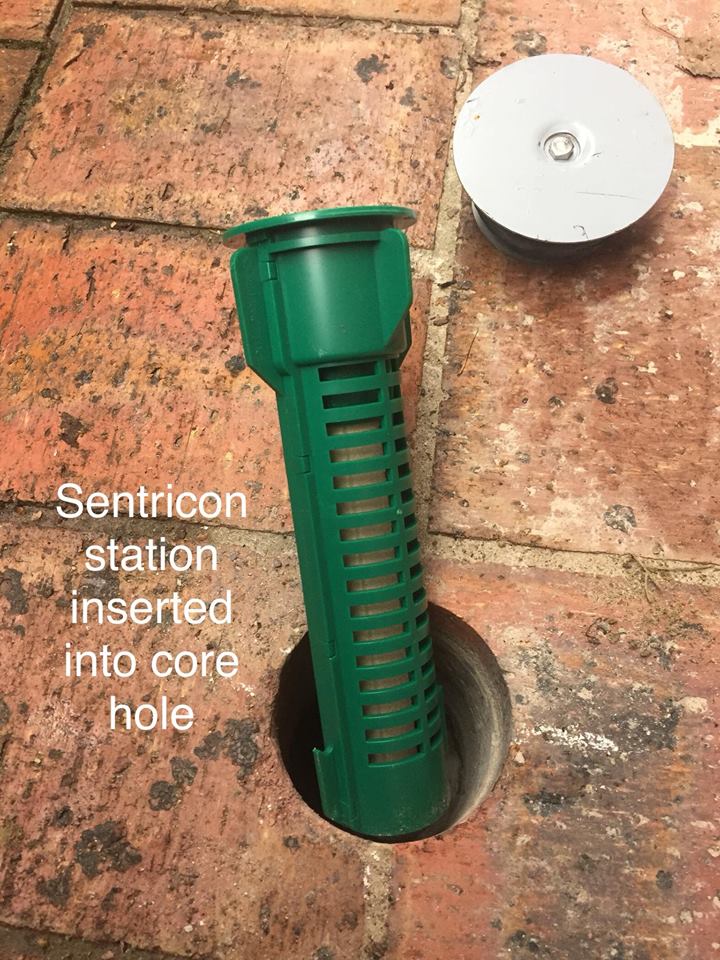
If you’ve never seen one, think of a 30cm cylindrical tube with venting in it and a cap. They are then buried into the ground with just the top sitting level with the ground. Termite bait stations are something you can use to detect a termite problem between regular inspections and proper treatments.
How do termite bait stations work?
It will be no surprise that, like any other sort of trap system, termite baiting attracts and then kills termites. But termite baiting stations are particularly clever because they use the termites’ normal behaviour to attract and kill them. A termite baiting system is extremely simple and basically involves putting delicious (for termites!) wood into the trap for the termites to find. This is normally Tasmanian Oak, it’s the cellulose in the timber that the termites eat and share with the colony.
Termite bait stations are designed to be placed into the ground and flush with the soil so they don’t trip you over or look ugly. Importantly they are safe for your family and pets being buried underground and secured with a cap.
Termite bait stations are generally placed approximately 3 meters apart around the perimeter of your property. The number of stations and their placement around your home is best carried out by an experienced pest controller. They will be able to identify the prime foraging areas and spacing.
If needed, bait stations can be installed in paved areas with a 90mm core hole cut and covered with a stainless steel cap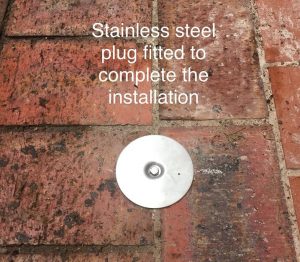
Monitor the termite bait stations, checking for termites every 4 – 6 weeks. If your termite baits are attracting termites, an additive is put in the trap which makes the termites weak, sick and unable to eat properly and reproduce. Called an “insect growth regulator”, this works by preventing the termite from shedding it’s exoskeleton which they do multiple times a year. The bait is passed back to the colony which is eventually wiped out.
Termite bait stations can work for 10 years or more, so they are much more than a good investment.
The type of termite treatment you should use for your particular home and situation can differ, meaning that physical barriers, chemical treatments and monitoring systems (or a combination) could be your best bet. Termite bait stations are a popular option, acting as a termite alarm system for your home. Want to learn more about preventing termites? Call us on 1300 025 948 for a free quote right now.

